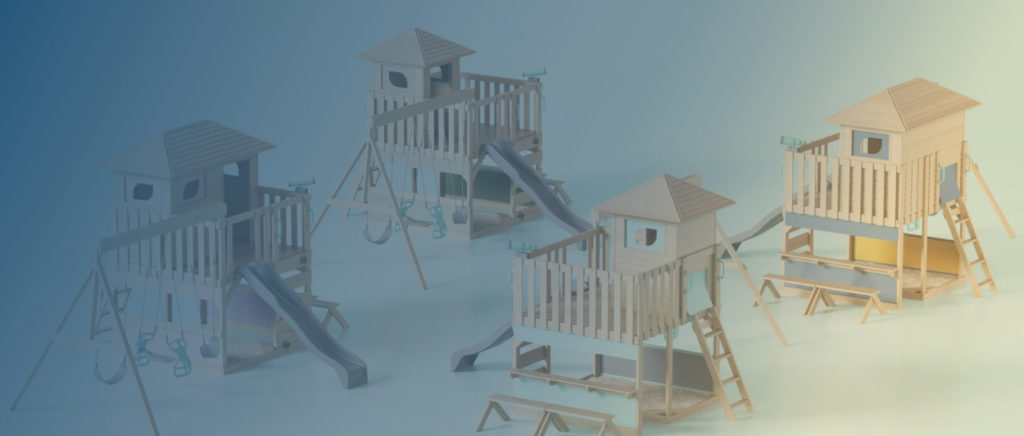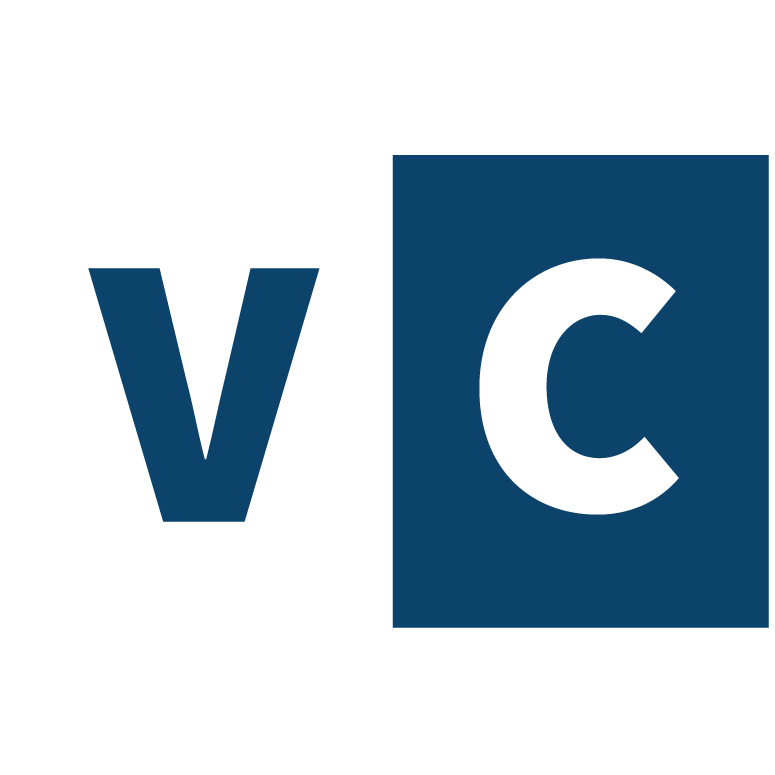158. Mark Romera’s Globally Orchestrated Entrepreneurial Design Journey

Entrepreneurship-as-design is brought to life in a wonderful conversation with Mark Romera, who conceived, designed and brought to market a values-driven vision of kids having fun playing in their backyards, via an impeccably crafted brand named Spimbey.
Key Takeaways and Actionable Insights.
Entrepreneurs can identify innovation opportunities even in the most established fundamental routines of everyday family life.
What’s more basic than kids playing with physical toys in the family back yard, running round, having fun, connecting with others? It’s fundamental to family life in the neighborhood. Yet, kids don’t get that experience so much these days. How to bring it back? That’s an entrepreneurial question that Mark Romera answered with Spimbey, a brand new playset product he designed and launched though his company, Spimba.
First, choose your customer.
Mark chose Mom. Kids are users, but Mom’s the customer. She’s part of a family with target-age kids and some backyard space. She wants her kids to have fun, play safely outside, play with others, and develop themselves physically and mentally. She worries about how much time kids spend on their digital screens, and how that affects their development.
How does an entrepreneur develop the requisite deep knowledge about Mom? Talk to her; engage her in conversation. Go where the play takes place — the back yard.
Distill a complex need into a simple solution.
Already, there’s a lot of complexity. Mom, kids, families, playthings and the materials they’re made with. This brings in safety considerations and regulations, as well as design and manufacturing needs and marketing and distribution needs. The best way to get started is work backwards from the simple solution — the concept of a finished playset, easily assembled by Mom or Dad in a suburban backyard. It needs to be simple for Mom to understand and picture in her mind, and all her questions (like safety and ease of assembly and sustainability) must have simple answers.
From this simple vision, entrepreneurs work backwards in a disassembly process to identify everything they’ll need and the network design to bring it all together.
Design and assemble a flexibly networked internal and external team.
Mark was a sole founder. First, he assembled his team in answer to the questions, who can help me with this journey? He also had flexibility for when and where he needed team members. For the “internal” team (not necessarily employees but performing functional management roles) he looked for process development, product development, brand development and web development. He made careful decisions about types of people, level of experience and the ability to take responsibility in an agile process. Most important was brand alignment — a premium, high quality, high integrity brand presentation requires team members of an appropriate caliber who understand reputation building and high consumer trust.
Next, he focused on assembling the external support team: design, safety experts, materials experts, testing labs and safety certifiers aligned with the appropriate regulatory regimes, manufacturing partners, external sales and customer service experts, logistics, freight and delivery partners. The entire value network must be linked, and scheduled for the right inputs at the right time, all working backwards in the calendar from the critical date, which is the high season for retail sales of playsets. Co-ordination of value network nodes and information flows with process inputs, sequences and handoffs is a complex exercise which must be programmed before any work commences.
The design process is a combination of creativity, rigor, networking and collaborative integration.
As we’ve learned, much of entrepreneurship is a design process, to get from a concept that’s generated internally to a completed product or project that can meet the rigorous demands of the external world, including Mom and the safety regulators, and the guardians of the distribution channels.
The design concept must take a form that everyone involved in the design process can see and understand in an appropriate way, without contradictions or misunderstandings. Then the appropriate design parameters must be assigned: safety, durability, ease of assembly and ease of use, manufacturability, regulatory compliance, freight and packaging constraints. Many of these design inputs must be outsourced — to computer design shops, materials specialists, manufacturers who can impose their own restrictions, warehousers and freight carriers who have specific requirements.
There is a lot of iteration, adjustment, change management and process orchestration to be managed as the design concept advances towards the market and becomes more and more solid, complete and comprehensively detailed. Mark emphasizes meticulous planning, and a calm demeanor with clear communications to keep the network aligned and on the same page.
Branding is a critical element.
The product is physical, but the benefits are psychological. This includes the sense of fun and easiness for the kids, and the feeling of satisfaction and safety for parents. These psychic benefits must be captured in the brand presentation, both online and in physical elements like design and color and packaging. For Mark, his brand is his philosophy, captured in communication, presentation, design, production and delivery.
Mark Romera’s personal entrepreneurial journey passed through various business roles and experiences before branching into entrepreneurship.
Mark worked in growth marketing, business intelligence, new business development and as an independent consultant solving strategic problems for business clients. As his responsibilities increased, he often felt like an entrepreneur inside the corporation. In growth marketing, he learned the power of testing supported by data. Test everything, without waiting for too much discussion about the pros and cons of an idea or concept. If it works, scale it up, if it doesn’t, try to understand why based on the data you’ve collected. Testing and experimentation produce data, and data reduces uncertainty. The data cycle requires speed for success, and not conventional structures or decision-making processes that slow things down.
Entrepreneurship brings unique psychic rewards.
With his growth hacking and exploit-and-expand experience, Mark felt ready and eager to step into entrepreneurship. He told us he wanted something more, because something was missing. He wanted the freedom to develop his own ideas from scratch and to create something new and cool. The psychic reward from entrepreneurship is special. It combines the challenge of immediate implementation and a successful sales season with the long term vision of building a global brand, extending a product line, and gaining acceptance in markets worldwide.
The entrepreneurial journey for Mark is immediately highly rewarding with the long term prospect of increasing achievement and success.
Additional Resources
Mark Romera’s “Entrepreneurial Journey as a Design Process” (PDF): Download Now
See the completion of the journey: Spimbey.com


Responses